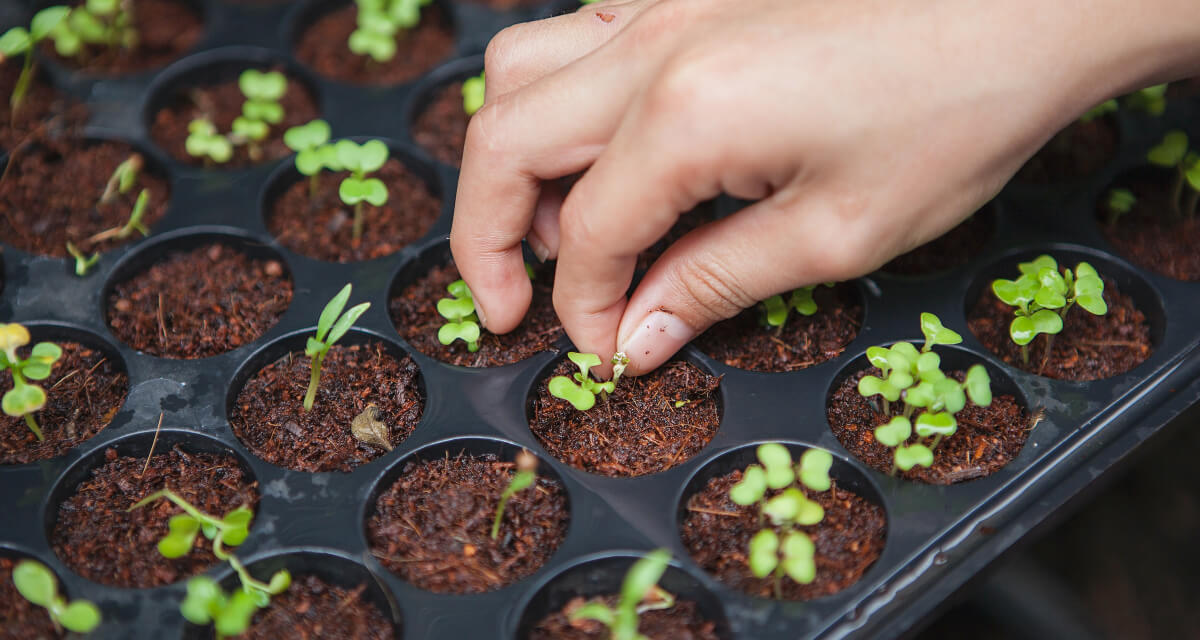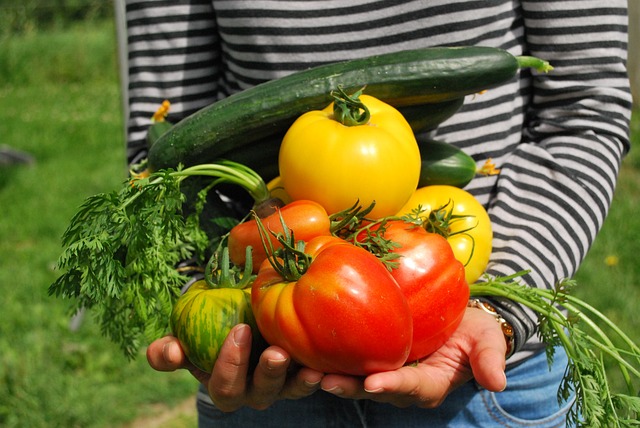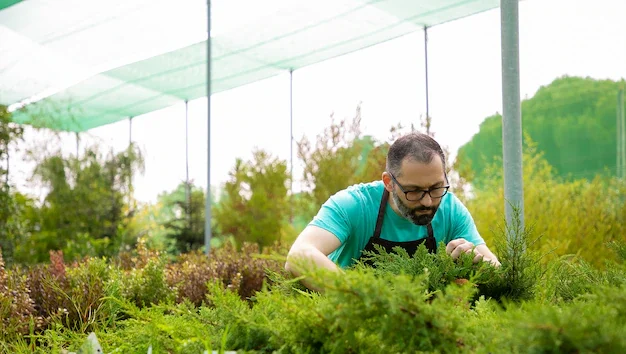Table of Contents
ToggleHow to certify your organic farm
If you’re looking to take your farming business to the next level, organic certification is a powerful way to stand out in a competitive market. However, the process of getting your organic farm certified can seem overwhelming. This step-by-step guide will help you navigate the certification process, from understanding the requirements to maintaining your organic status once you’re certified. Let’s get into it!
Introduction:
Why is organic farming certification important?
In today’s market, with consumers increasingly interested in sustainable farming practices and the quality of the food they consume, organic certification is the most effective way to demonstrate that your farm meets high quality and sustainability standards. Not only can organic certification open doors to new markets, it also helps improve the environmental impact of your farm, making it a win-win situation for you and your customers.
This guide will walk you through how to certify your organic farm and provide insight into the steps needed to ensure success.

Step 1: Understand organic certification standards
Before beginning the certification process, it’s important to understand what organic standards your farm must meet. These standards may vary from country to country, but in general, the following criteria are common:
• No synthetic pesticides or fertilizers: Organic farming prevents the use of synthetic chemicals.
• Soil health: Farm soil fertility should be managed and erosion prevented, often through crop rotation and organic amendments.
• Biodiversity: Organic farming should promote biodiversity by growing a variety of crops and enhancing natural habitats for wildlife.
• Animal welfare: If you raise livestock, they should be provided with organic feed and enough space to roam.
In the US, the USDA National Organic Program (NOP) sets these standards. Familiarize yourself with the specific regulations applicable to your country or region.
Step 2: Select the Certification Agent
The next step in the process is to select a certification agent. A certification agent is an organization accredited to evaluate farms for organic certification. In the US, you can choose from a list of USDA-accredited certifiers. Each certifier’s procedures may differ slightly, but all must adhere to the same broad organic standards.
Search for certified agents to find an agent that meets your farming needs. You can often find reviews, testimonials, and even free consultations to help with this decision. Once you have selected a certified agent, you will start processing the documents.

Step 3: Prepare an Organic System Plan (OSP).
An important component of certifying your organic farm is creating an Organic System Plan (OSP). The OSP explains how your farm will meet organic standards. You will need to provide detailed information about:
• Your farming practices
• Crop management strategies
• Pest and disease control methods
• Soil fertility management
• Recordkeeping practices
This plan is important to demonstrate to certifiers that your farm is consistently following organic practices. Once submitted, the certifying agent will review it and may ask for more detailed information or corrections.
Step 4: Inspection of your organic farm
After submitting your organic system plan, the certification agent will physically inspect your farm. During this inspection, inspectors will visit your farm to verify that it meets organic standards. They will inspect your farm, equipment, storage facilities, and record-keeping practices.
Expect inspectors to ask questions about your farming practices and how you ensure compliance with organic standards. Inspection is usually a thorough process, but it is an opportunity for you to demonstrate the steps you have taken to meet organic requirements.
Step 5: Review and Certification Decision
After the inspection, the certification agent will review the information gathered from your organic system plan and physical inspection. If everything meets the organic standards, you will receive your organic certificate. The certification agent will send you a certificate and you can officially sell your farm and produce as organic.
If there are any problems or areas of non-compliance, the certifier can guide you on how to make improvements. You will usually be given a period to resolve the issues before the certificate is granted.

Conclusion: Embrace the Organic Certification Process
Achieving organic certification for your farm is a powerful step toward a more sustainable future and a thriving business. By following the steps outlined in this guide—understanding organic standards, selecting a certifier, submitting an Organic System Plan, preparing for inspection, and receiving certification—you’ll be well on your way to joining the growing market of organic products.
Remember, the process may take time, but the benefits of organic certification are worth the effort. It demonstrates your commitment to sustainable agriculture and provides consumers with a trusted seal of quality. Good luck with your organic certification journey!
